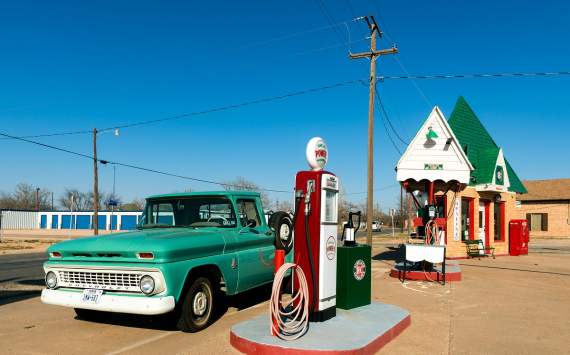
US inflation
The US consumer price index rose by 7.9% in February against forecasts of 7.8%, the biggest annual increase since Jan. 1982.
After a jump of 7.5% in January, US consumer goods prices jumped 7.9% in February from a year earlier. This is above economists' average forecasts of 7.8% and is the biggest annual increase since Jan. 1982.
Sanctions against Russia over the war in Ukraine also contributed to the existing increase in oil and gasoline prices.
Energy prices rose 25.6% compared with 27% in January, with petrol prices up 38% (40% in Jan.).
According to AAA (a publicly available service of the largest motor vehicle and travel organisation in the USA), petrol station prices rose by around 24% in the last month and by 53% in the last year.
Inflation accelerated in February in housing (4.7% vs 4.4%) and food (7.9% vs 7%), the highest since July 1981.
Vehicle prices continued to be a powerful inflationary force but showed signs of easing in February. Used car and truck prices actually fell by 0.2%, their first negative reading since September 2021, but were still up 41.2% on the previous year. New car prices rose by 0.3% for the month and 12.4% for the 12-month period.
The core consumer price index (core inflation), which excludes volatile energy and food indices, slowed slightly over the month, rising 0.5% in February from 0.6% a month earlier. But for the year it rose 6.4%, the fastest annual increase since August 1982. The data shows that housing and rental costs were by far the biggest contributor to the rise in underlying CPI.
According to the US Bureau of Labour Statistics, wage growth has lagged behind inflation. In February 2022 real inflation-adjusted hourly earnings for the month fell by 0.8%, contributing to a 2.6% decline on the previous year.
Bill Adams, chief economist at Comerica Incorporated Bank said: "Consumers are likely to cut spending this spring and summer as inflation outpaces their income growth."








